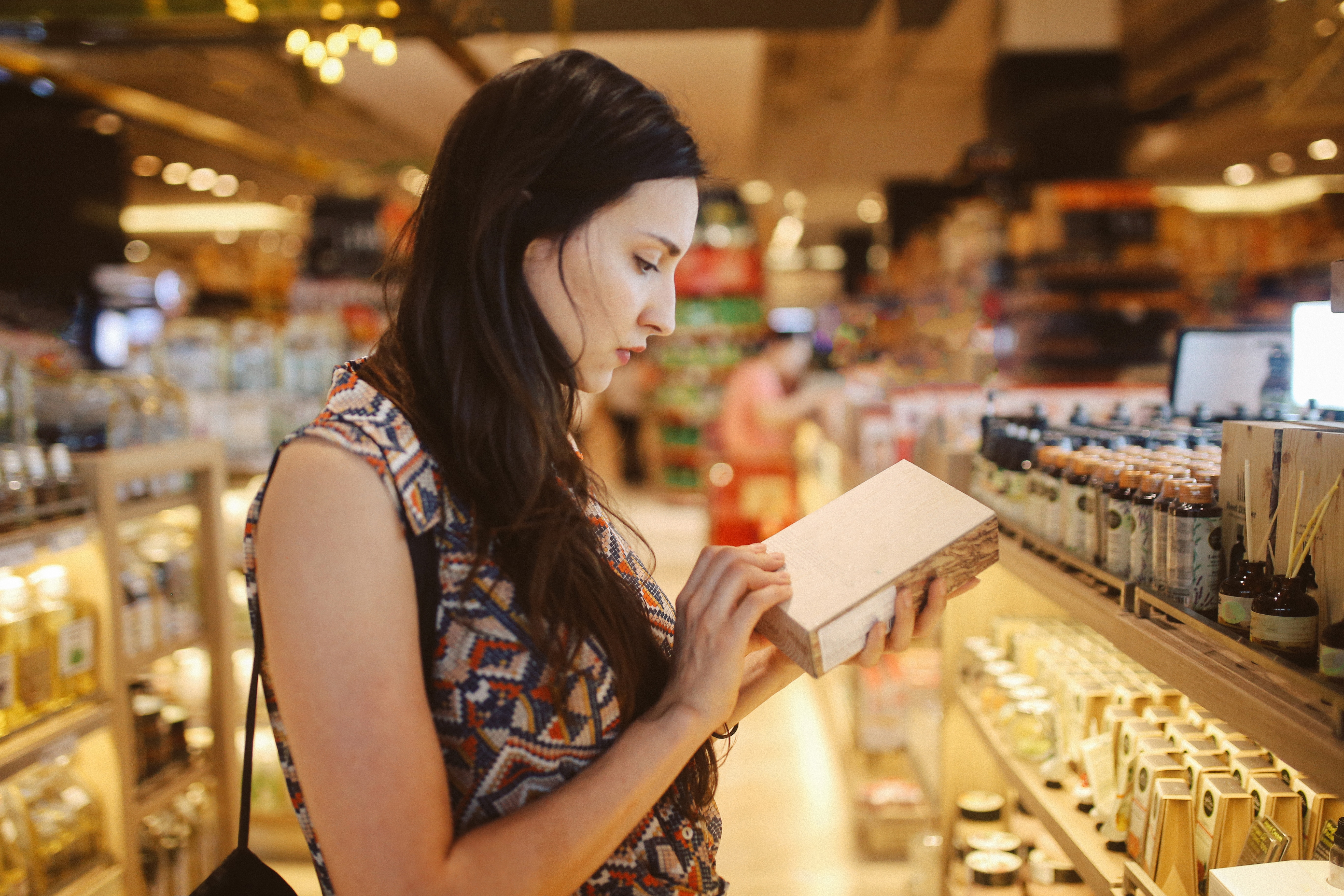By Brian Girouard
People today seamlessly integrate the use of all types of technologies in their lives, including the way they shop – at any time, at any location. As a result, they are more informed and selective about the products and services they want and use, and are more empowered towards the industries that serve them.
In this environment, the growth of mobile features and device convergence, such as smartphones, are driving mobile commerce. At the same time, store visits are being enhanced by dynamic digital displays and personalization through hand-held devices or the shopper’s own smartphone. These changes provide retailers with the opportunity to drive greater value by making the switch from “talking to” towards “engaging with” shoppers and consumers.
A growing number of digital channels, from apps to kiosks to the web, are replacing elements of the shopping experience that would previously have occurred in a physical space, calling for the store environment to evolve. This shift requires retailers to think differently about the shopper experience and service model across all channels and touchpoints, including physical stores. Stores need to offer experiences consumers can’t have in the digital space by becoming destinations of choice. They need to blur the boundaries between digital and physical. And retailers need to re-examine their strategy to provide a seamless experience across the entire customer shopping journey.
Powerful digital tools can be applied in a wide range of ways in a retail environment to provide this more seamless experience. Following is a closer look at some of these digital tools.
1. Smartphones enable interaction with customers at every step of their shopping journey.
In today’s connected world, retailers should encourage interaction across all channels; for example, encouraging the use of the Internet or smartphones to access a store locator, search product availability and access coupons. By using location-based mobile applications such as “geofencing”, retailers can even identify customers in the vicinity of a store and entice them inside by sending out product messages, promotions and exclusive deals. Retailers can also improve their understanding of the shopper buying journey by tracking smartphone usage in store, which can be a key input for improved store design and layout.
2. Self-scan and delivery tracking provide consumer convenience.
Encouraging interaction with customers via smartphones offers a host of benefits, including barcode scanning for price comparison, product information, customer reviews and ratings, and for quick in-store and aisle navigation. Shoppers may also use their phones to track product delivery.
3. Surface computing and multi-touch devices add a new dimension to shopper engagement.
With in-store multi-touch devices, shoppers can locate and select products on touchscreens at an interactive station, download product information on a mobile device or locate items in-store. Touch-based graphical interactive devices allow people to interact with content and information on their own or collaboratively with their friends and families.
4. Augmented reality (AR) applications can improve in-store communication.
While still in early adoption, AR has the potential to make a great impact on retail. AR apps using object recognition and GPS can help shoppers locate and find their way to or through stores. Management costs associated with AR may currently run high, but this space is ripe for development.
5. Maximize technology to simplify the point-of-sale.
New apps provide the opportunity to reduce shopper checkout times and abandon rates. For example, “line-busting” applications use wireless devices to emulate the cash register and give credit card shoppers the chance to skip checkout lines, helping to enhance in-store customer service.
6. Mobile payments and near-field communications (NFC) can help increase efficiency.
Mobile payments is a growing area of attention for retailers and is gaining popularity due to a rise in smartphone adoption. Proximity payment approaches like NFC technology, which lets consumers pay for items merely by waving or tapping their smartphones near a register at checkout, will further enhance the in-store experience.
7. QR codes provide expanded presence.
With QR codes, innovative retailers can expand their presence through the use of virtual stores on billboards and advertisements. Shoppers can then use smartphones to scan a QR code near the item advertised, which then gets delivered to a location of their choice.
8. Mobile coupons help leverage key digital trends.
Users of mobile coupons are expected to exceed 300 million globally by 2014 , triggered by increased use of mobile applications. Recent innovations in coupons are leveraging digital trends like geotargeting and group buying to provide customers with exclusive coupons for in-store use.
9. Social Local Mobile Media (SoLoMo) capitalizes on the convergence of multiple trends.
Increased adoption of smartphones and related mobile apps has driven the convergence of social, local and mobile media. SoLoMo works on the principle of mobile discovery that uses a device’s portability and location awareness to push content, providing retailers with a potential source of real competitive advantage.
10. Video analytics provide enhanced view of shopper activity.
Video analytics can enable retailers to study store traffic flow, dwell time, shopper intent and conversion. The technology has reached a point where it can detect how and when shoppers are actively engaged with promotional messaging, determine demographic data, and push relevant content to shoppers in real time, giving retailers crucial customer insights.
Brian Girouard is VP of global consumer products and retail at Capgemini.
Source: retailingtoday.com


